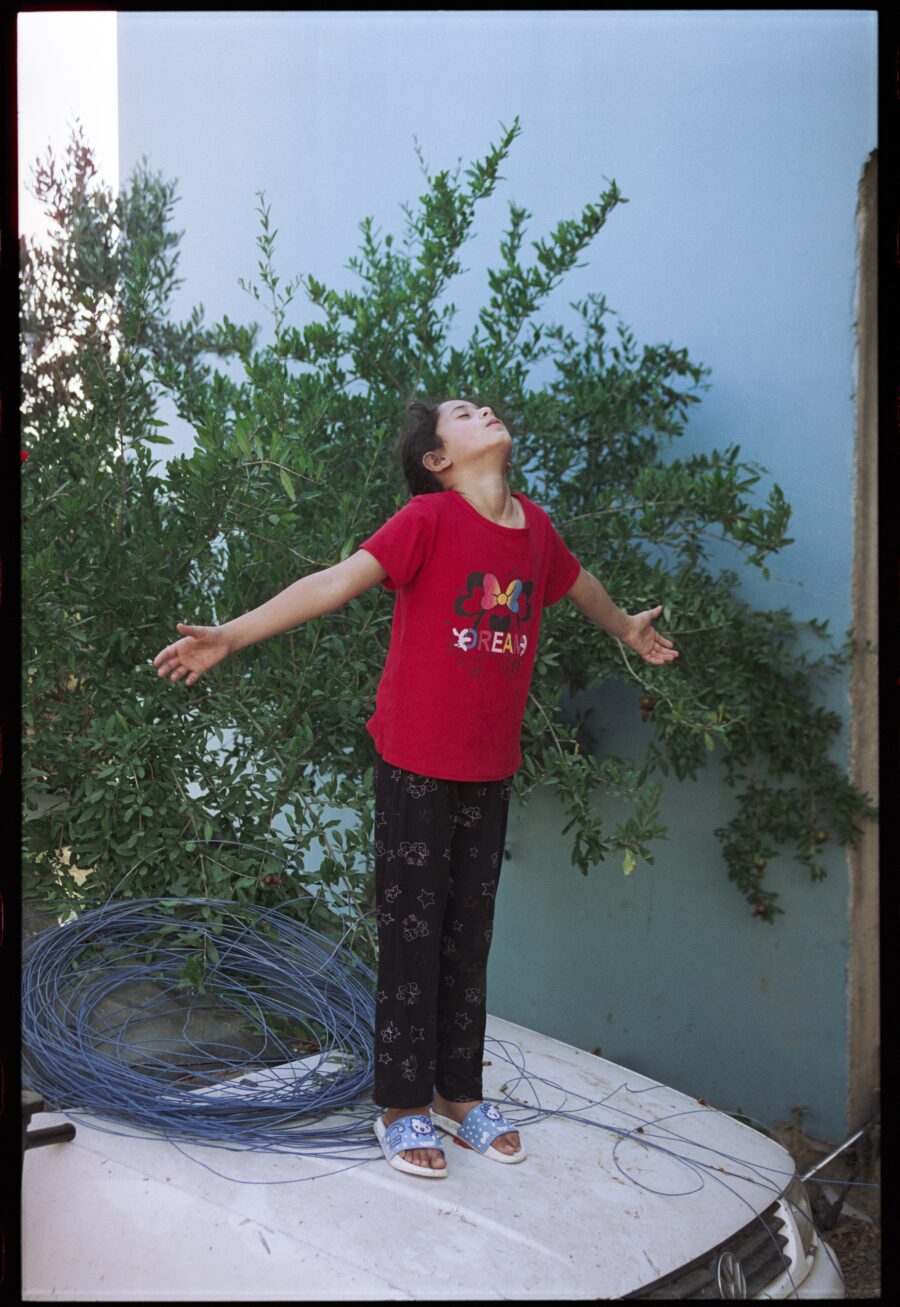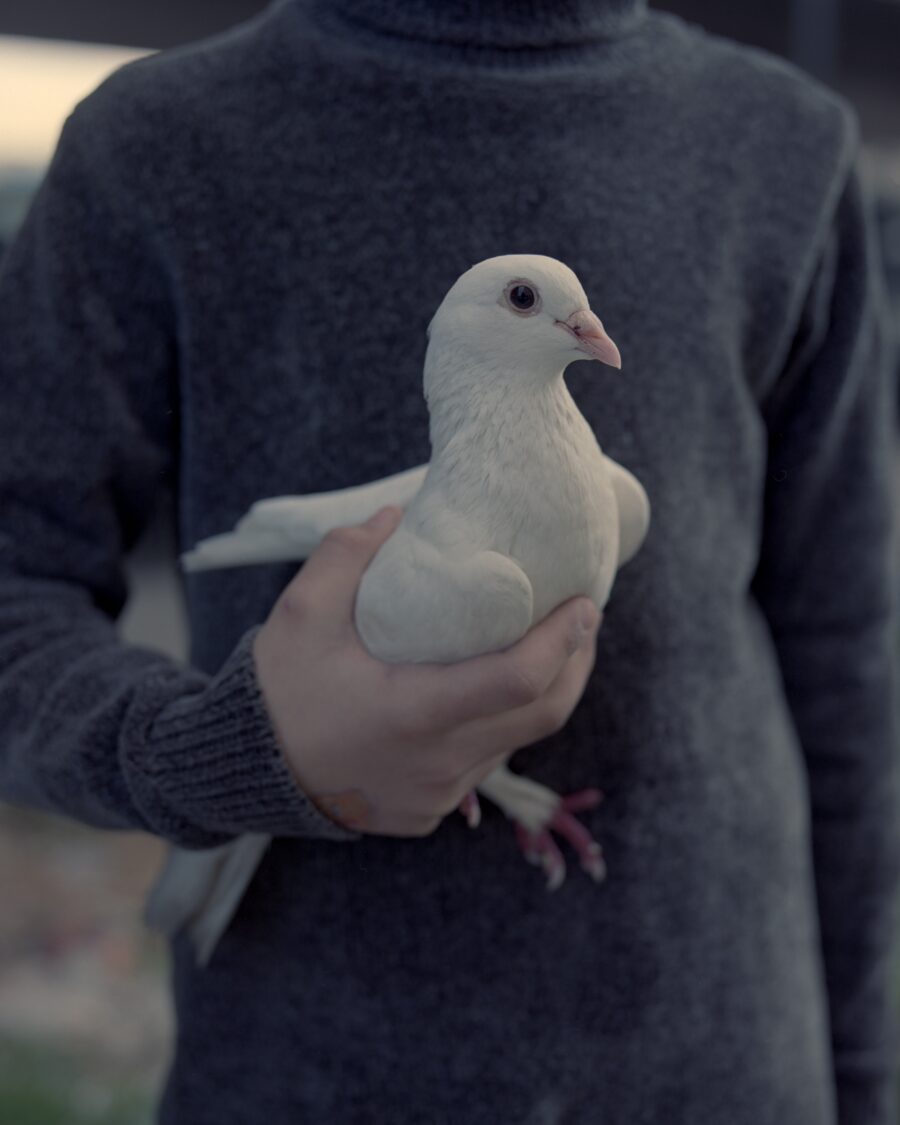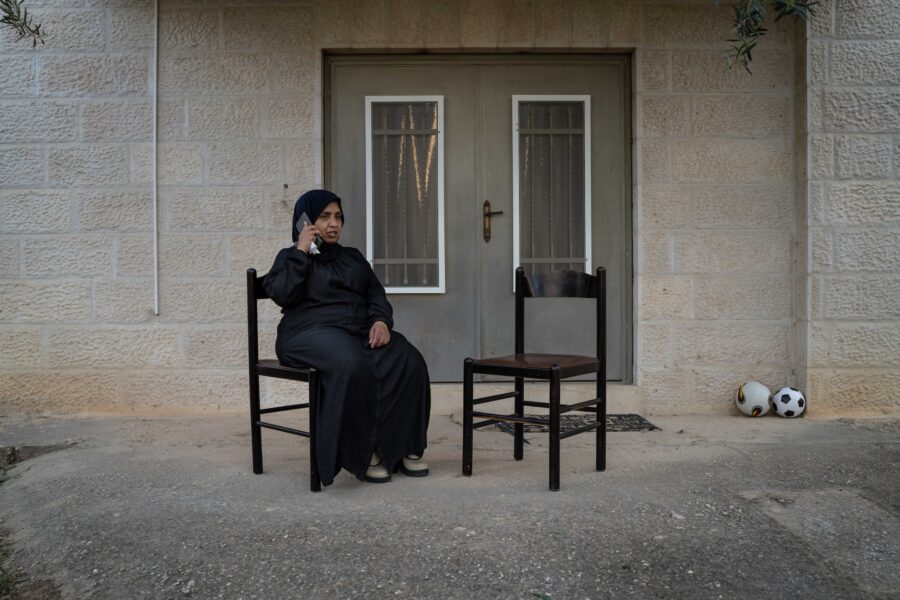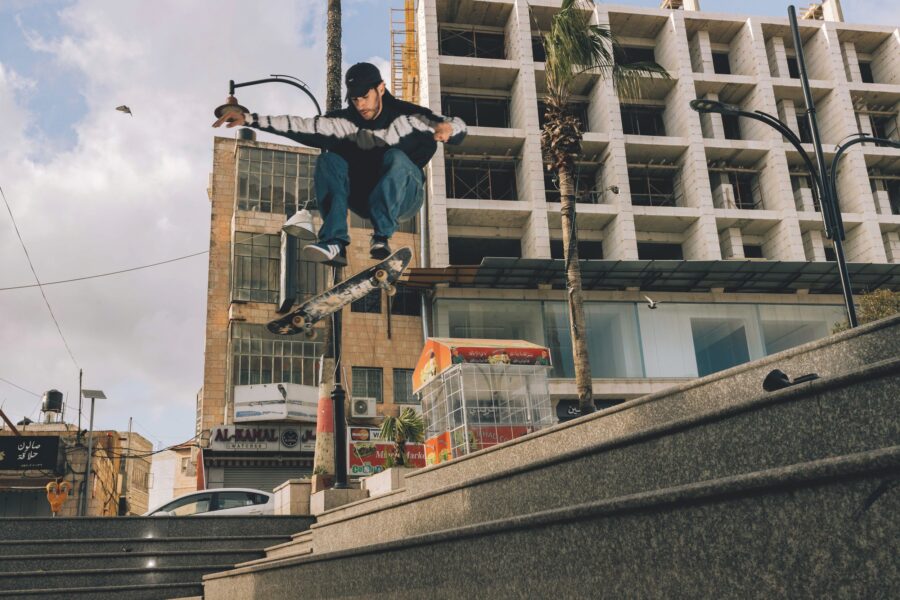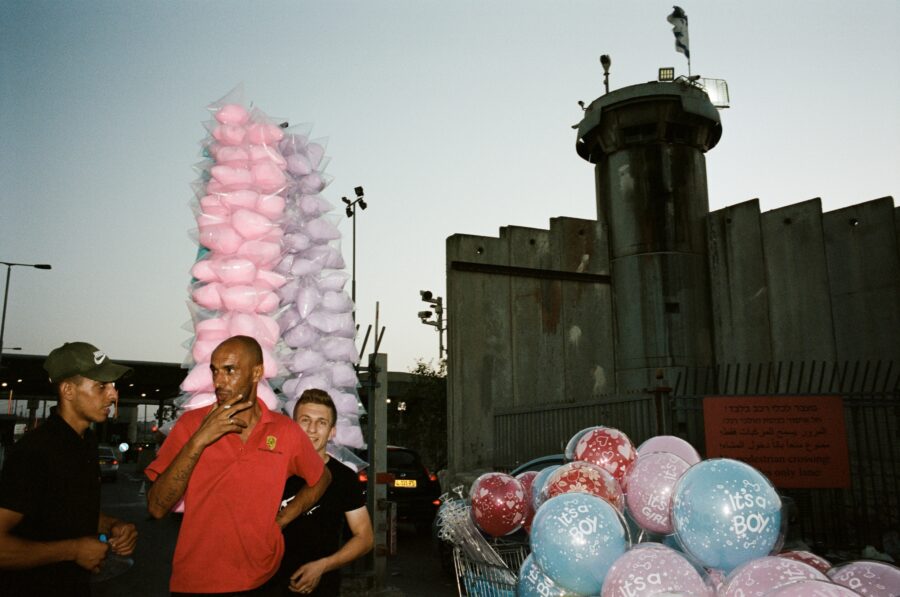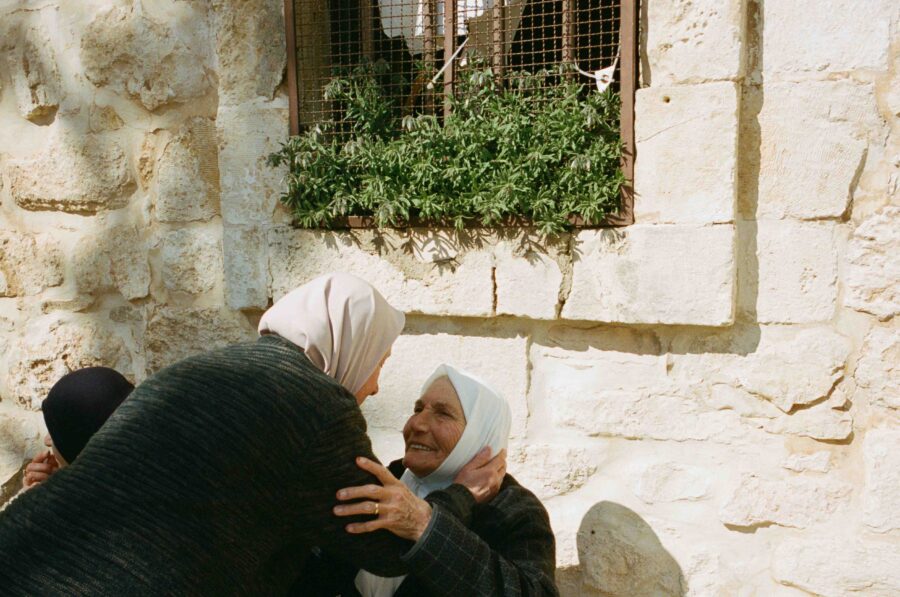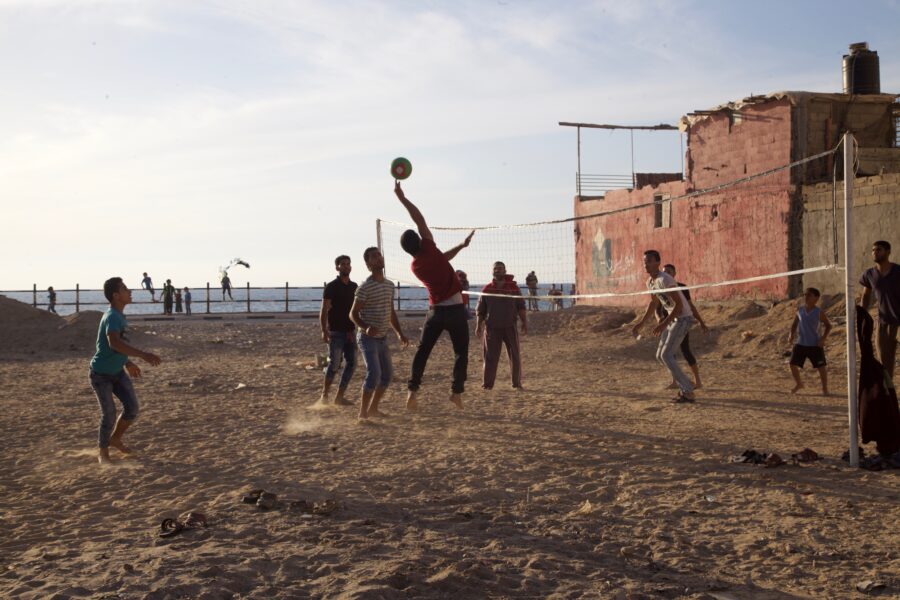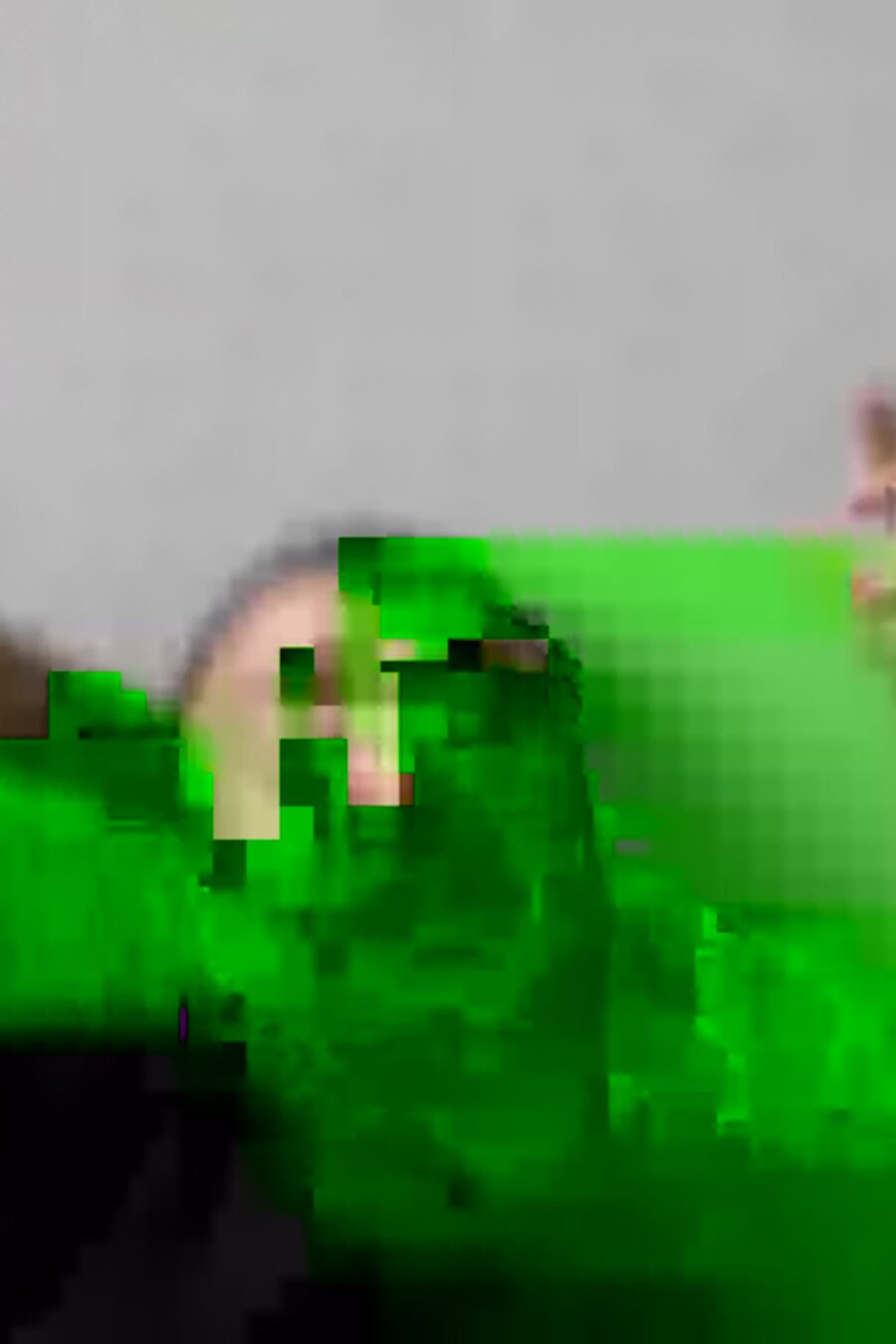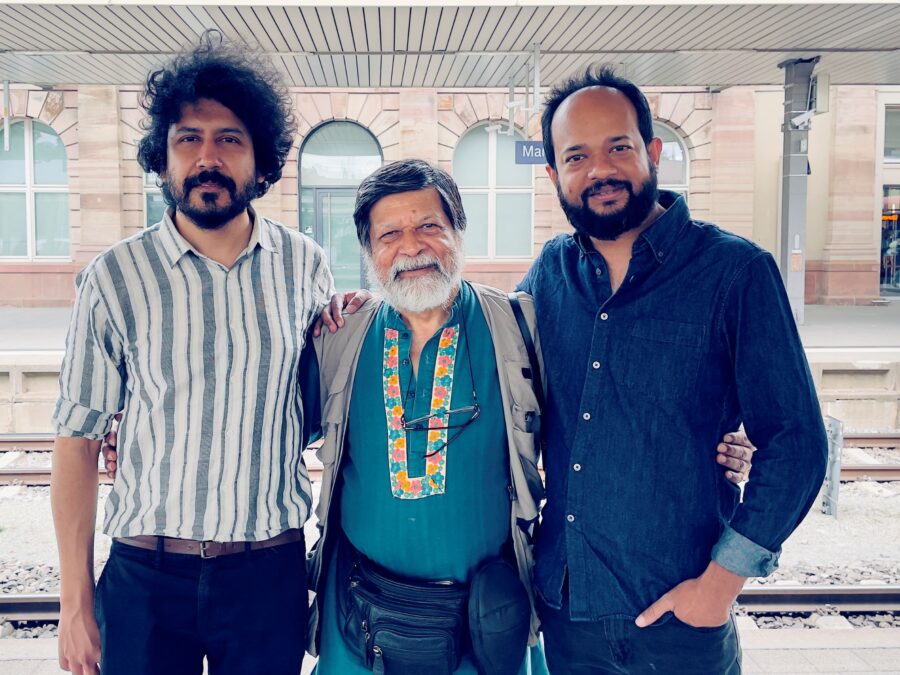The photographer’s meteoric success is a testament to the stark reality of life on the ground in Jenin refugee camp. In this feature, Khader explains why he photographs the dead, bites back at accusations of ‘terrorism’ of his work, and discusses his upcoming debut monograph and debut solo show at Foam, exploring the role of the grieving mother in Palestine
